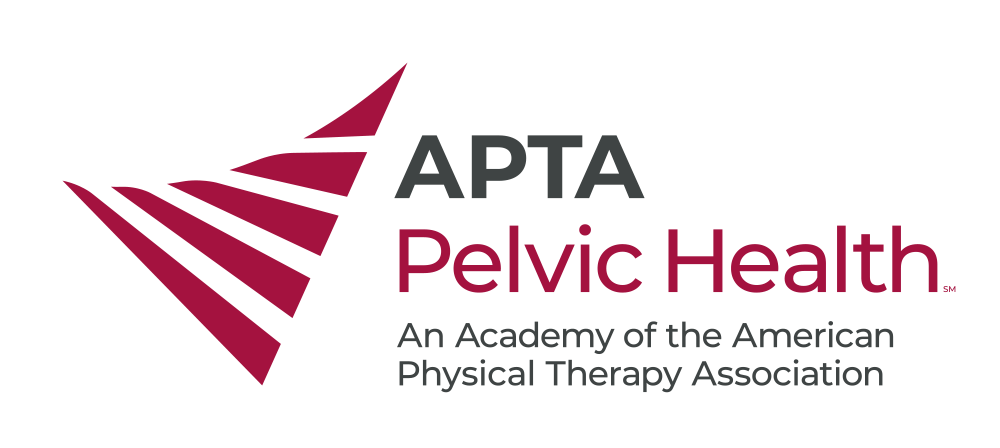PT CPG Linked to the International Classification of Functioning, Disability, and Health
Pelvic Girdle Pain in the Antepartum Population | PT Clinical Practice Guidelines Linked to the International Classification of Functioning, Disability, and Health
Clinical Prediction Guidelines
In a collaborative effort by the Academy of Orthopaedic Physical Therapy and the Academy of Pelvic Health Physical therapy of the APTA, the clinical practice guideline for physical therapy management for pelvic girdle pain in the antepartum population was published in 2017. This open access document offers recommendations for clinical reasoning in the management of females with prenatal pelvic girdle pain within the ICF framework, ranked by strength of supporting evidence. The recommendations also serve to guide future research to address areas in which evidence is sparse.
Brief overview of findings:
- “Risk factors. Based on strong evidence, risk factors for the development of PGP include previous pregnancy, orthopedic dysfunction (such as hip and/or leg dysfunction), increased body mass index, and smoking. Risk is also higher for patients with work dissatisfaction and those who don’t believe that their condition will improve.
- Clinical course. Several factors can help to identify women who will have persistent problems. These include PGP developing early in pregnancy, multiple pain locations, and abnormal results on multiple physical therapy assessments.
- Examination and diagnosis. The guideline highlights the importance of recognizing other pregnancy-related conditions that may appear similar to PGP. Important clinical tests and outcome questionnaires for assessing women with PGP are identified as well.
- Physical therapy interventions. Physical therapy recommendations for PGP may include the use of a support belt, exercise programs, or manual therapy techniques. Yet so far there is only weak or conflicting evidence to support these recommendations. While strong evidence shows that women with PGP are at high risk of falls, there is little evidence on measures to assess balance or reduce the risk of falls, including activity limitations.”2
The Academy of Pelvic Health Physical Therapy continues to develop evidence-based practice guidelines following the APTA’s mission. The APTA states, “[Clinical prediction guidelines] are key to decreasing unwarranted variations in practice, decreasing the knowledge translation gap, and optimizing movement.3 The Academy of Pelvic Health Physical Therapy has the following evidence-based practice guidelines currently in development:
-
- Functional Lower Gastrointestinal Disorders: Constipation
- Pelvic Girdle Pain in the Postpartum Population
- Pelvic Pain (in cooperation with the Academy of Orthopaedic Physical Therapy)
- Physical Therapy Intervention for Adult Women With Urinary Incontinence
- Inflammatory Bowel Disease: Physical Therapy and Exercise
- See the complete list of APTA clinical prediction guidelines in development
References:
- Clinton S, Newell A, Downey P, Coleman-Ferreira K. Pelvic Girdle Pain in the Antepartum Population Physical Therapy Clinical Practice Guidelines Linked to the International Classification of Functioning, Disability, and Health from the Section on Women’s Health and the Orthopaedic Section of the American Physical Therapy Association. Journal of Women’s Health Physical Therapy. 2017; 41(2): 102-125.
- Hughes, Connie. (2017, July 5). New guideline on pelvic girdle pain during pregnancy — Journal of Women’s Health Physical Therapy presents evidence-based recommendations. Retrieved from <https://eurekalert.org/pub_releases/2017-07/wkh-ngo070517.php>.
- APTA. (2018). Clinical Practice Guidelines (CPGs). Retrieved from <http://www.apta.org/EvidenceResearch/EBPTools/CPGs/>.


